One of the first things I did when I returned from the US to Beijing is to open the cupboard that holds all my puerh here.

Sorry, it’s a little messy, but I leave all the bags open so they all breath, and between that and finding enough nooks and crannies to store all the little pouches of samples that I get, it gets a little messy.
On the right you can see two bowls — one on the top shelf, one on the bottom. Only the top is filled with water right now, but when I left Beijing for Hong Kong, I filled both up to almost the brim. I figured in the dry weather here some water won’t hurt.
When I got back and opened the cupboard, I expected two things. First, the water from both bowls should be all gone. That was exactly the case… it all evaporated, as it should since I was gone for more than a month. All that was left was a lot of salt deposits, testament to the high mineral content of tap water in Beijing. I figured leaving water in the cupboard can hardly be a bad idea given the dry weather here.
The second expectation was that I would smell a strong whiff of tea. Before I left, whenever I opened the cupboard, I can smell that scent of young, green puerh. It’s pretty strong, and I think it smells pretty nice. In fact, when I wake up in the morning and open the door to the living room (where the tea cupboard is) I can often smell the tea faintly. It obviously seeps through the not very tight doors of the cupboard and into the room.
When I got back and opened the door, however…. there was very little smell. I smelled a whiff of sweetness — that sweetness that you get from a 3-5 year old dry stored puerh. It’s not the same raw green smell of a very young puerh, but rather something that has aged a bit. It’s a difficult smell to describe, but anybody who’s had some slightly aged puerh, especially of the Yiwu variety will know what I’m talking about. Even that smell, however, was fairly faint. This was unexpected since the tea was left undistrubed for quite a while. I thought the smell would accumulate instead of dissipate given that the door would be closed all along.
So I added water to one of the bowls, and left the tea in peace except for when I was getting stuff from it. I have a humidity indicator both in the cupboard and in the living room. Throughout the week, the humidity in the living room was significantly higher than the humidity in the cupboard. My meters don’t give precise readings, just general “humid-dry” scale. But the difference was obviously significant enough so that it’s not a product of some mechanical error.
After a few days, I have noticed that the smell that I was expecting has returned… the teas in the cupboard once again give off that young puerh smell that I thought I was going to get when I came back. The humidity of the cupboard was still lower than the room. Even though I opened the door for a while to let in the air in the room, thinking that it will equalize the humidity in the two places, humidity in the cupboard remains stubbornly lower.
This has led me to think that perhaps, just perhaps, the teas are actually soaking up the water in the air in the cupboard, contributing to the lower humidity there despite efforts to equalize it. After all, humidity in and out of the cupboard should theoretically be the same if I left the cupboard door open sufficiently long, and since it’s really not a big thing, you would think that amount of time is pretty low.
The return of the tea smell, or rather, the more pronounced nature of the smell, leads me to think that with higher moisture, the smell of the tea gets stronger — the aromatics in the tea get released into air, I presume, with water. Is that a good thing? I’m not sure, but since they say you need moisture in the air to age the teas, I would think this is only a natural development and not a bad thing. I did notice that in Hong Kong, my rather moist cakes had a strong whiff of tea to them. I didn’t think much of it then. Now I think there’s a correlation and probable causation.
The other thing is that since the bowl of water was replaced, it has lost about 15-20% of its contents already in the past week. This is a little faster than I thought.
All this makes me think that the slightly more moist air that has accompanied my return (it rained for two days, and there’s also my human additions such as steam from the shower, me boiling water, etc) is giving the teas more water to work with.
This would also explain the teas that have been on shelves in Maliandao for too long — they are usually devoid of any smell, and you have to breath into them to get any whiff of tea out of them. In Hong Kong, you never need to do that — you stick your nose up to the cake and you can definitely smell it. Concensus has it that Hong Kong stored teas are probably better tasting than Beijing ones. The few Beijing stored cakes I’ve had indicate the same… they’re not very good and don’t age much. Teas that people have brought back from places like Xinjiang, despite their advanced age (10+ years) taste terrible.
I might try adding another bowl of water, but I think that won’t make much of a difference as there should be a natural equilibrium of how much water gets released into the air, depending on the humidity inside the cupboard. One or two bowls shouldn’t change that very much.
I’d like to think I’m moving the tea in the right direction, at least in keeping the tea a little room to work with, rather than drying them out as they would if I didn’t put any water in the cupboard. For those of you who live in drier climates — have you experienced something like this before? When you open your cupboard, can you smell your tea? Does it get stronger when you’ve had a prolonged period of moist weather? Have you had teas stored in two different places… and have them taste different after a while? Curious to know.

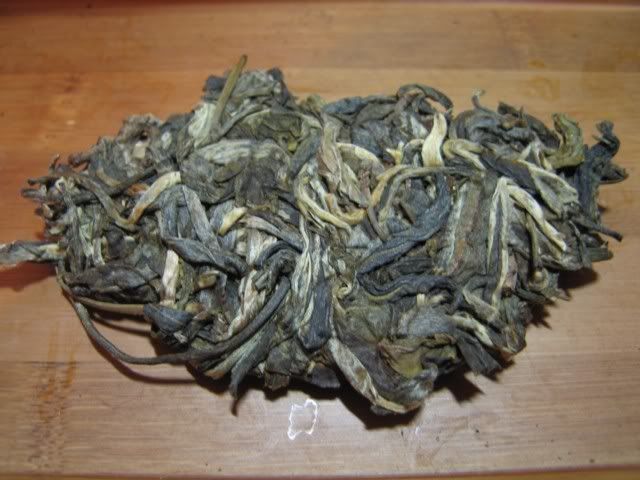


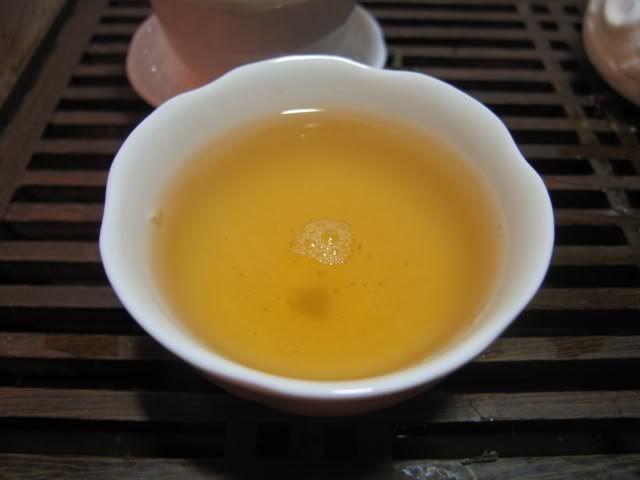








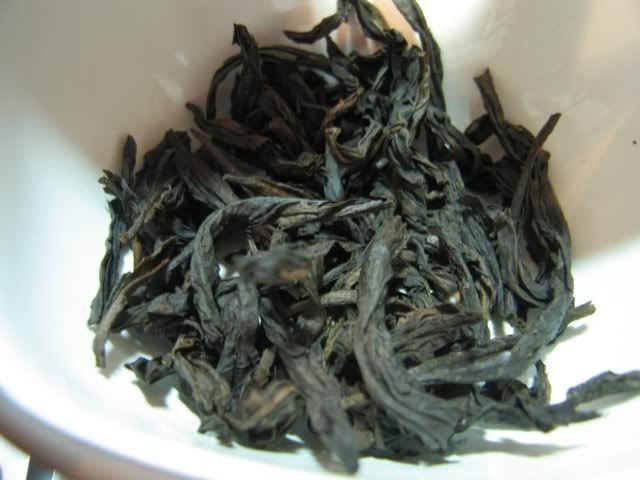
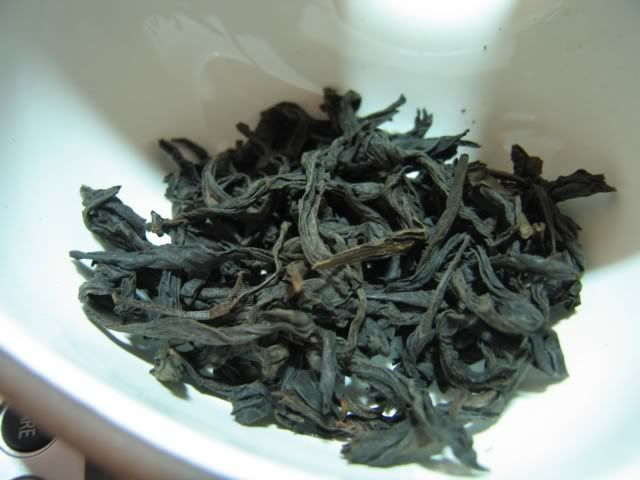
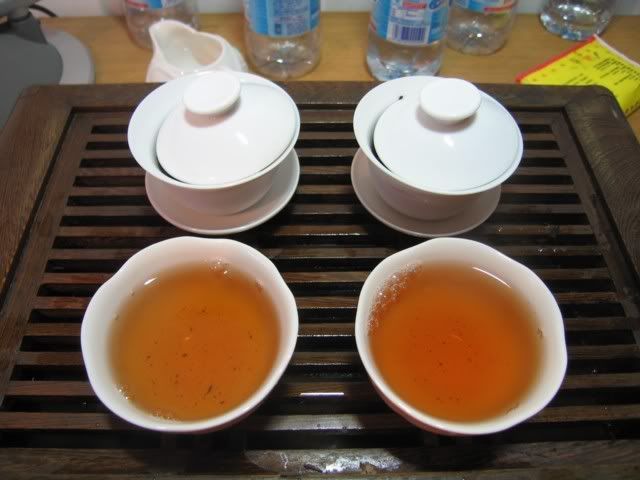
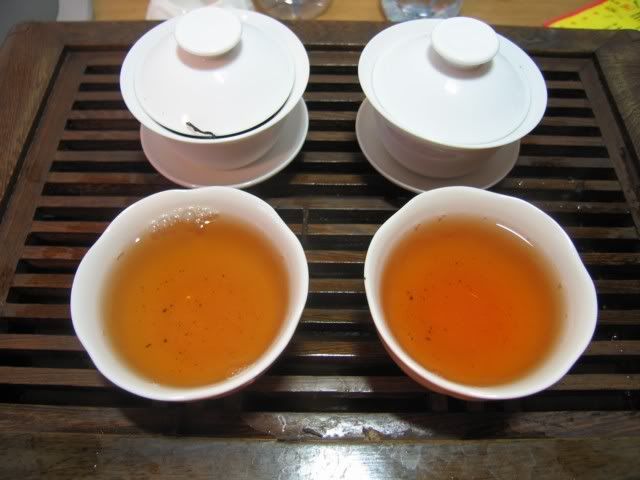
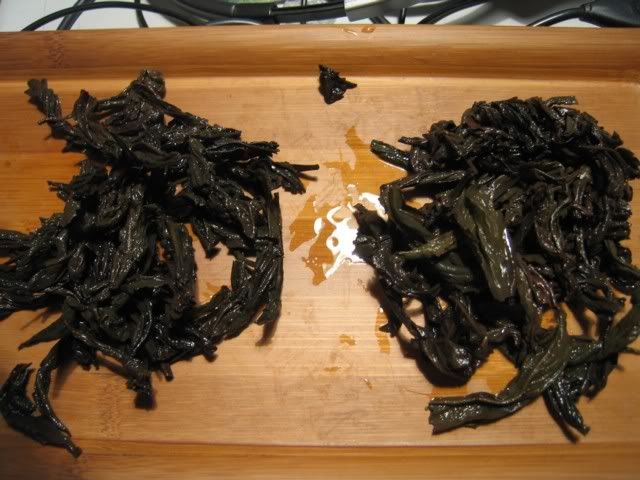


 RSS - Posts
RSS - Posts
Interesting.... would 250C in my oven work?